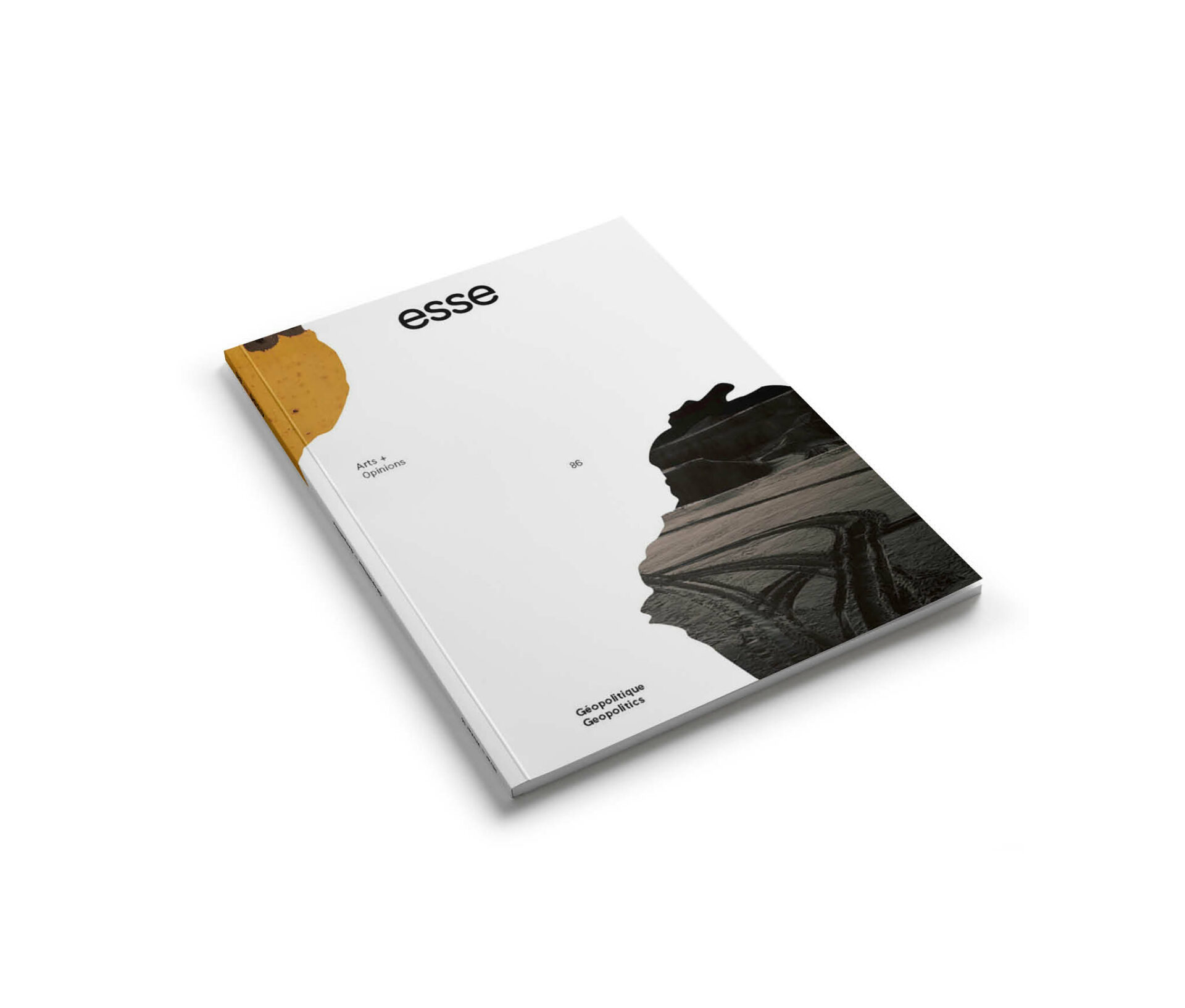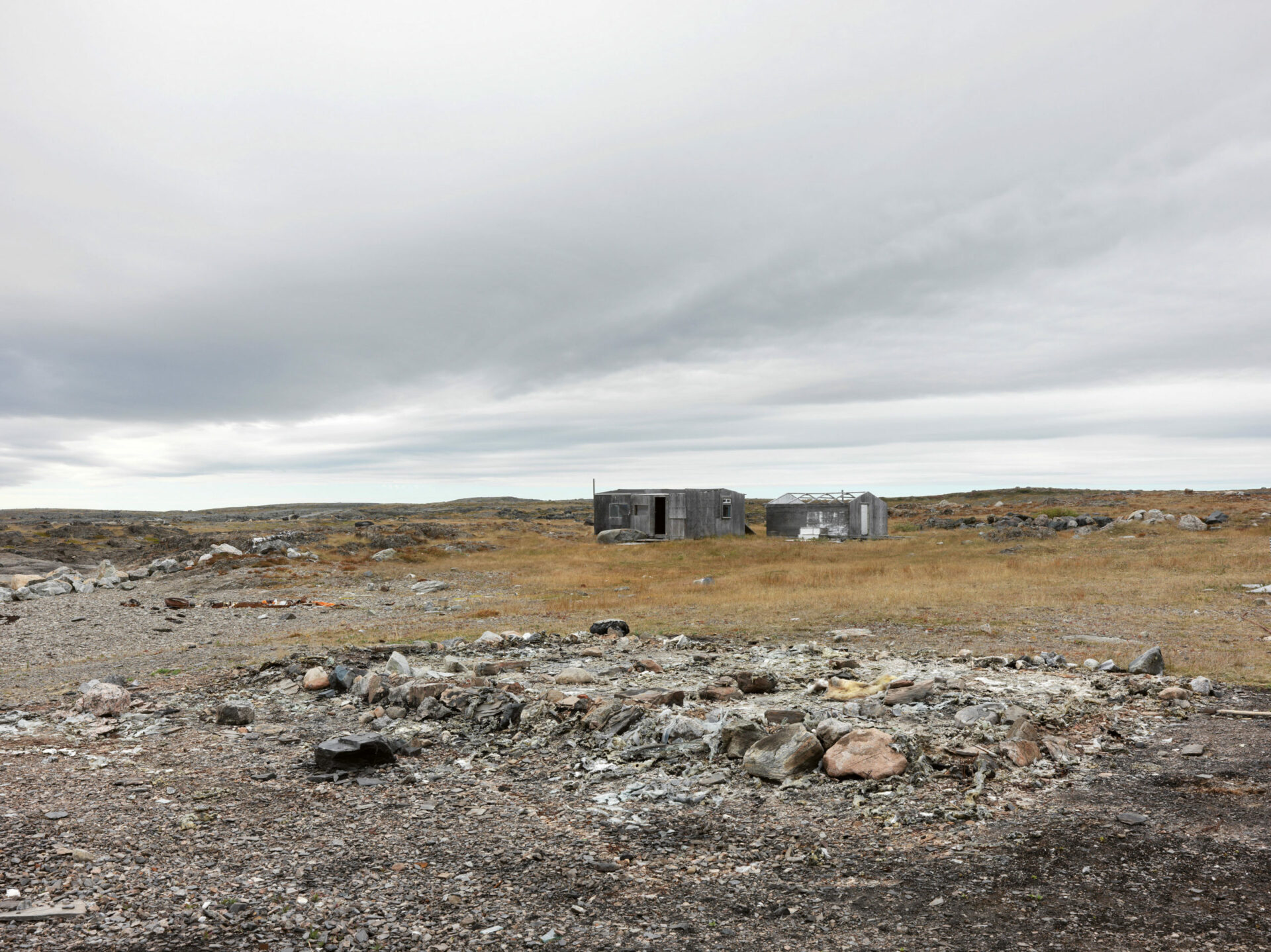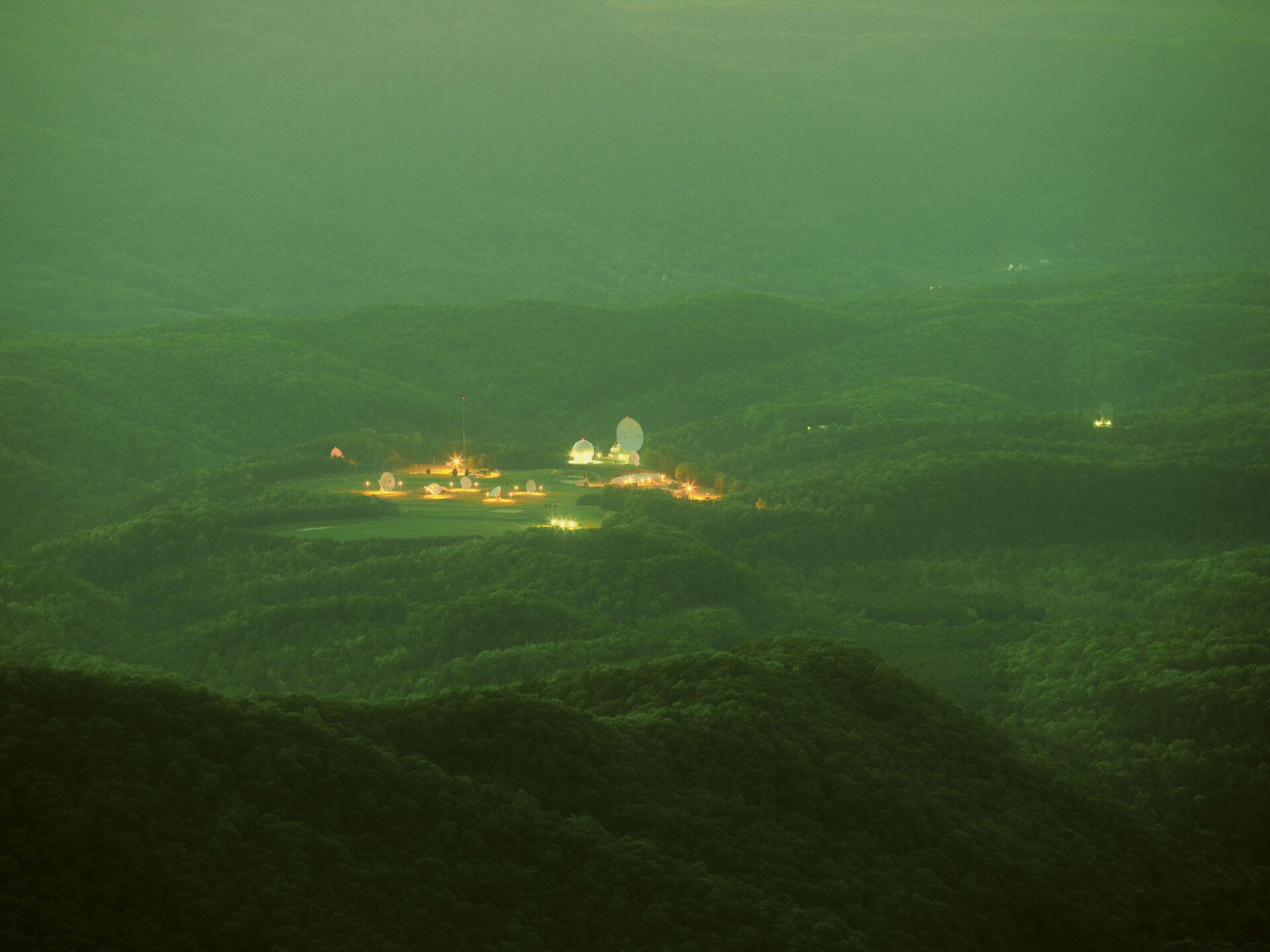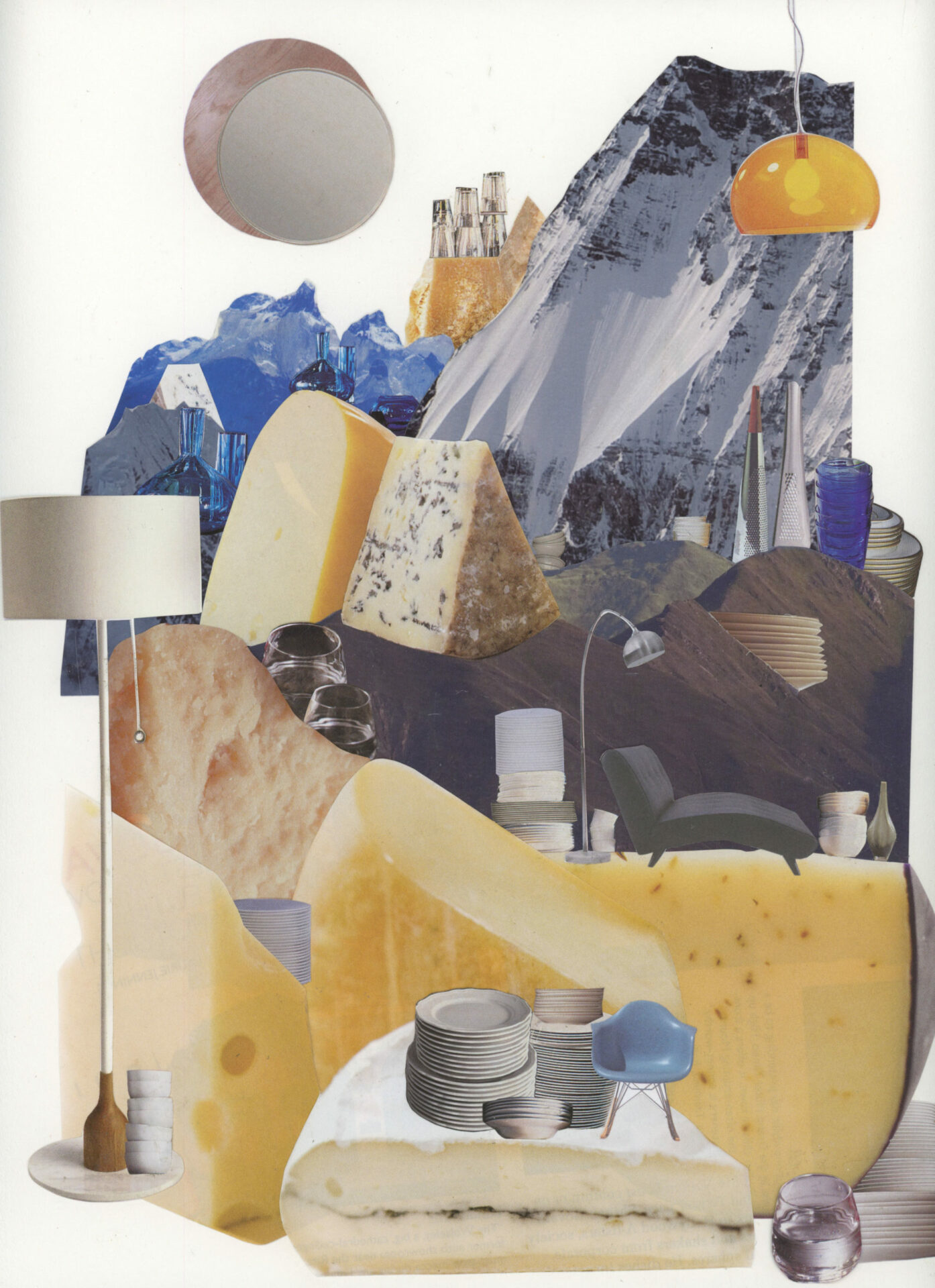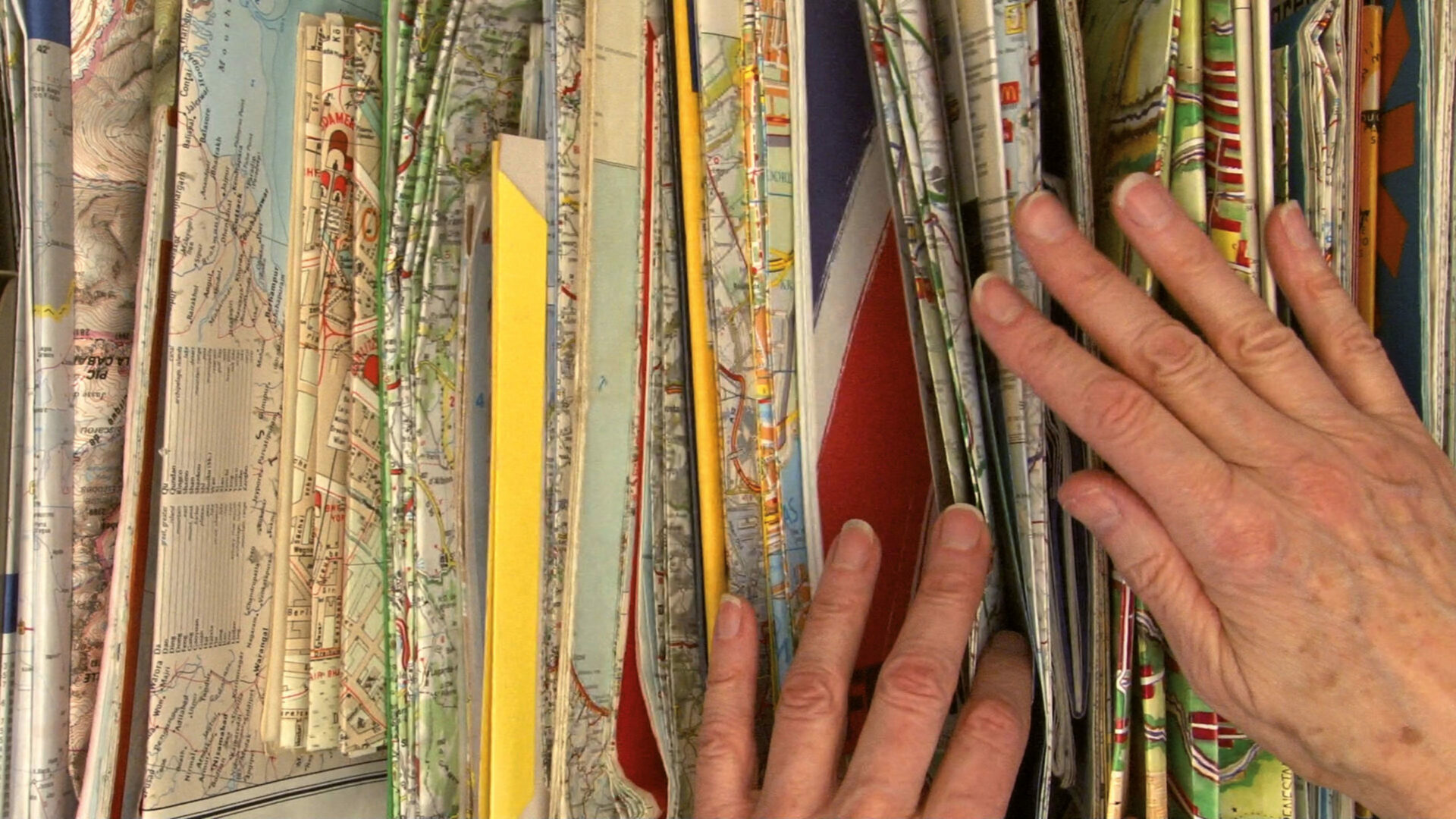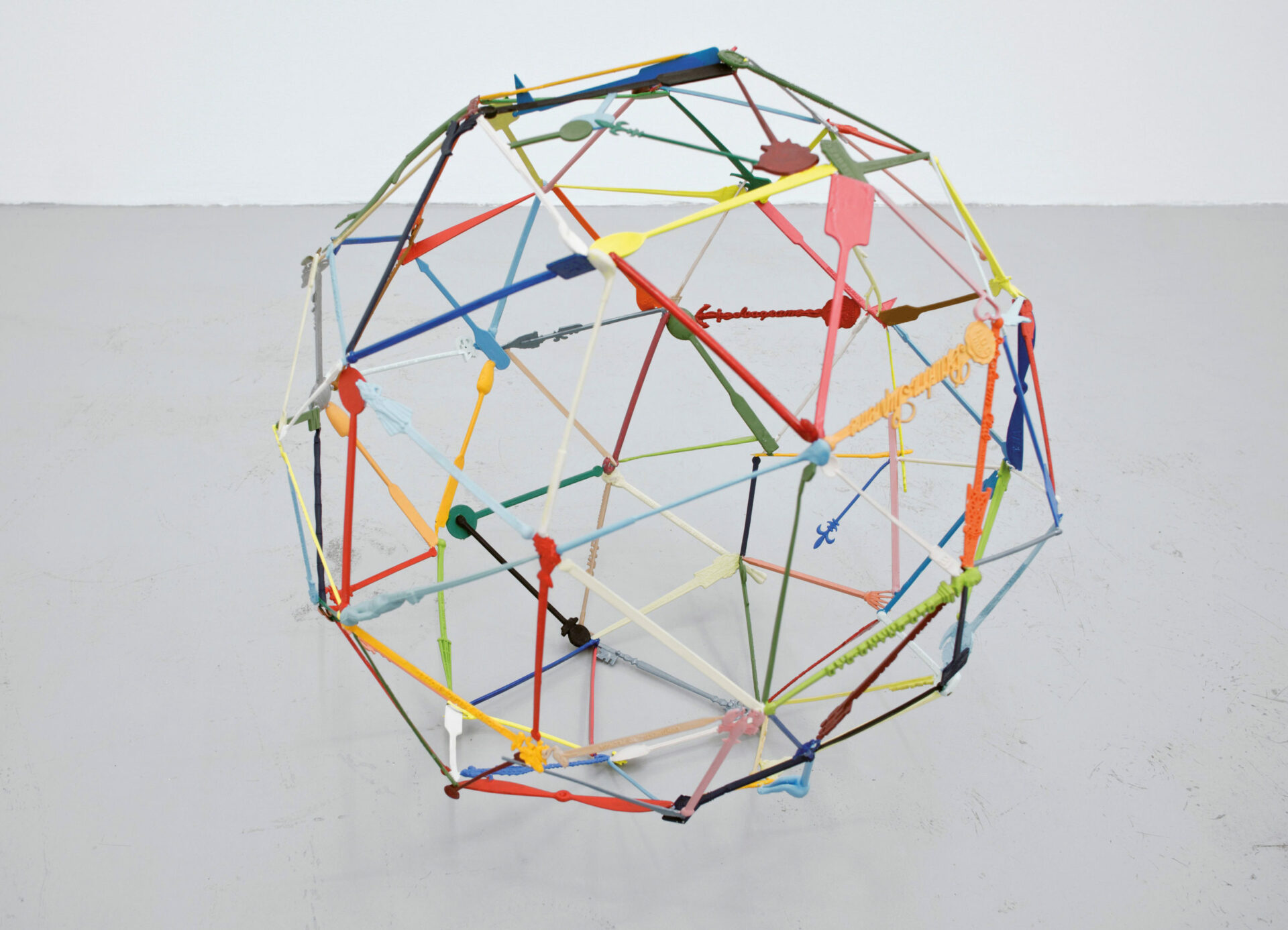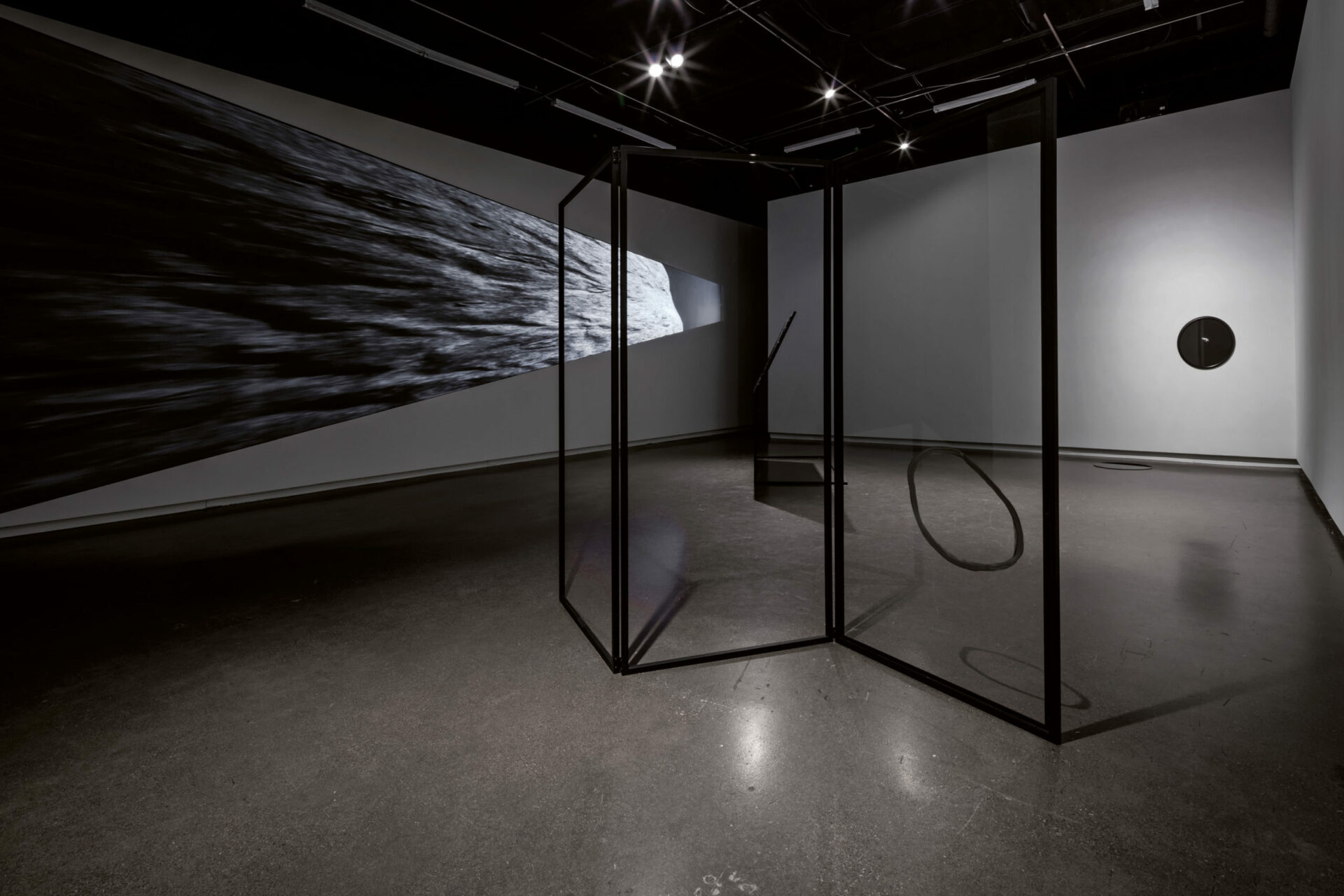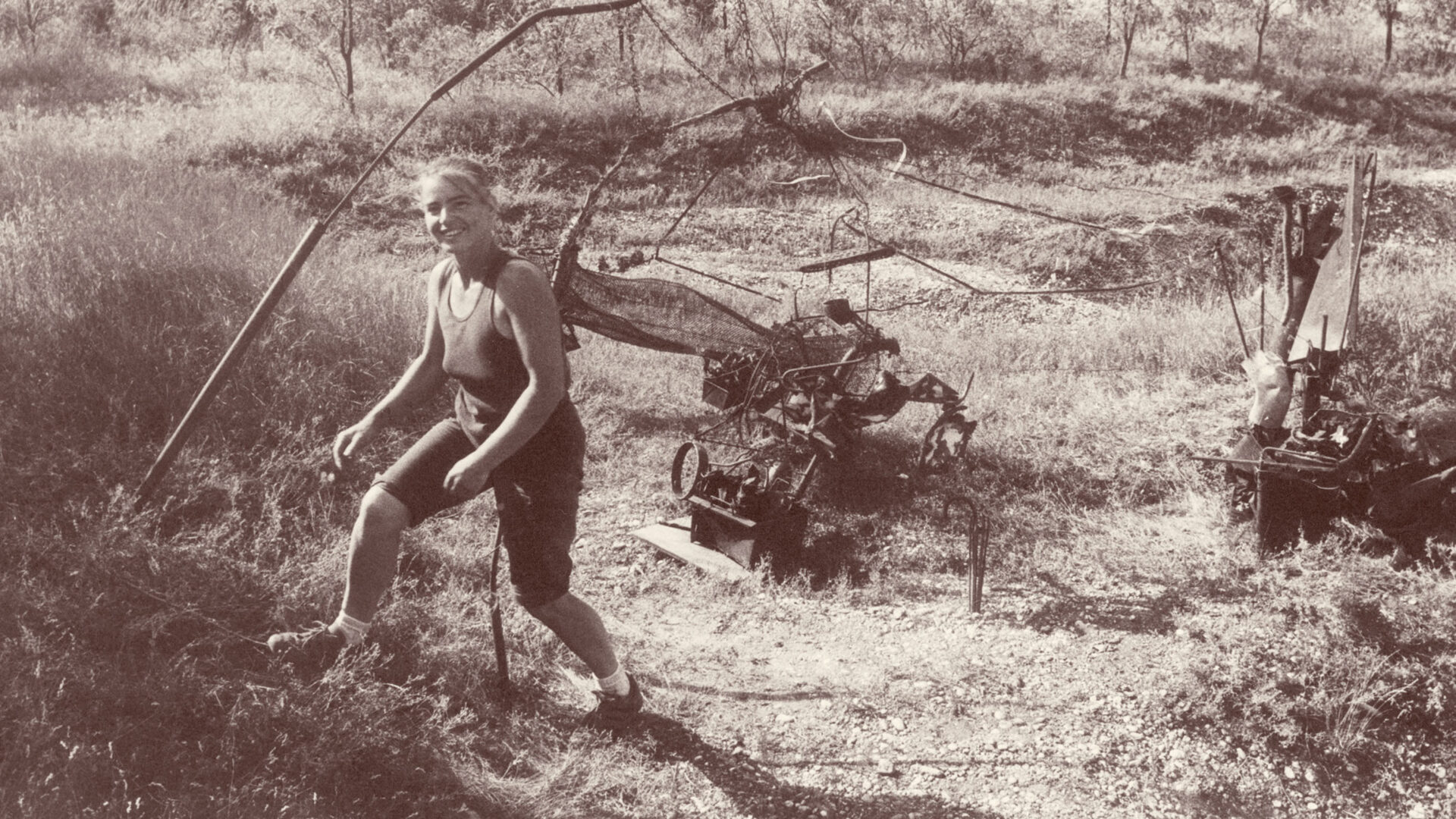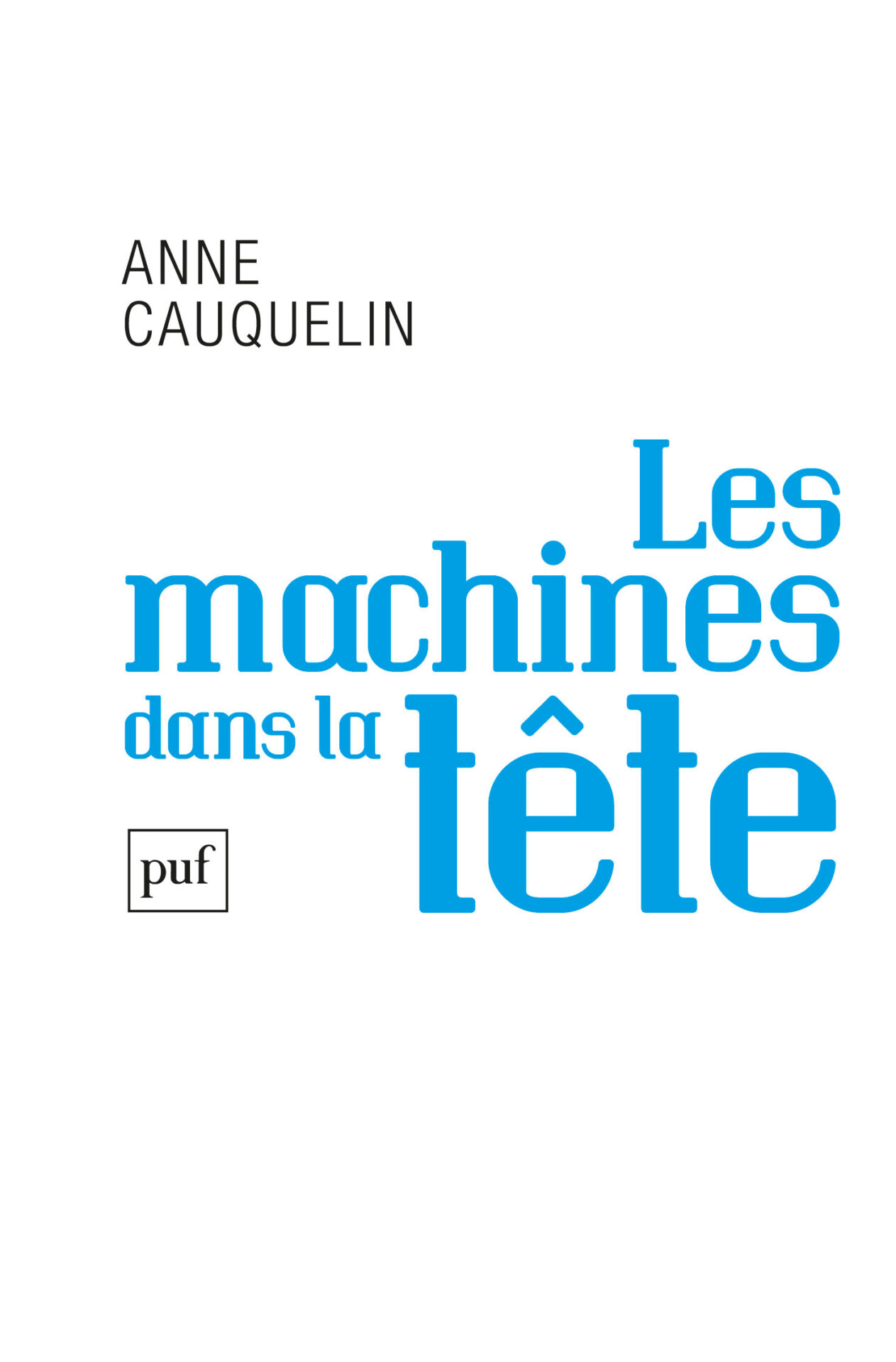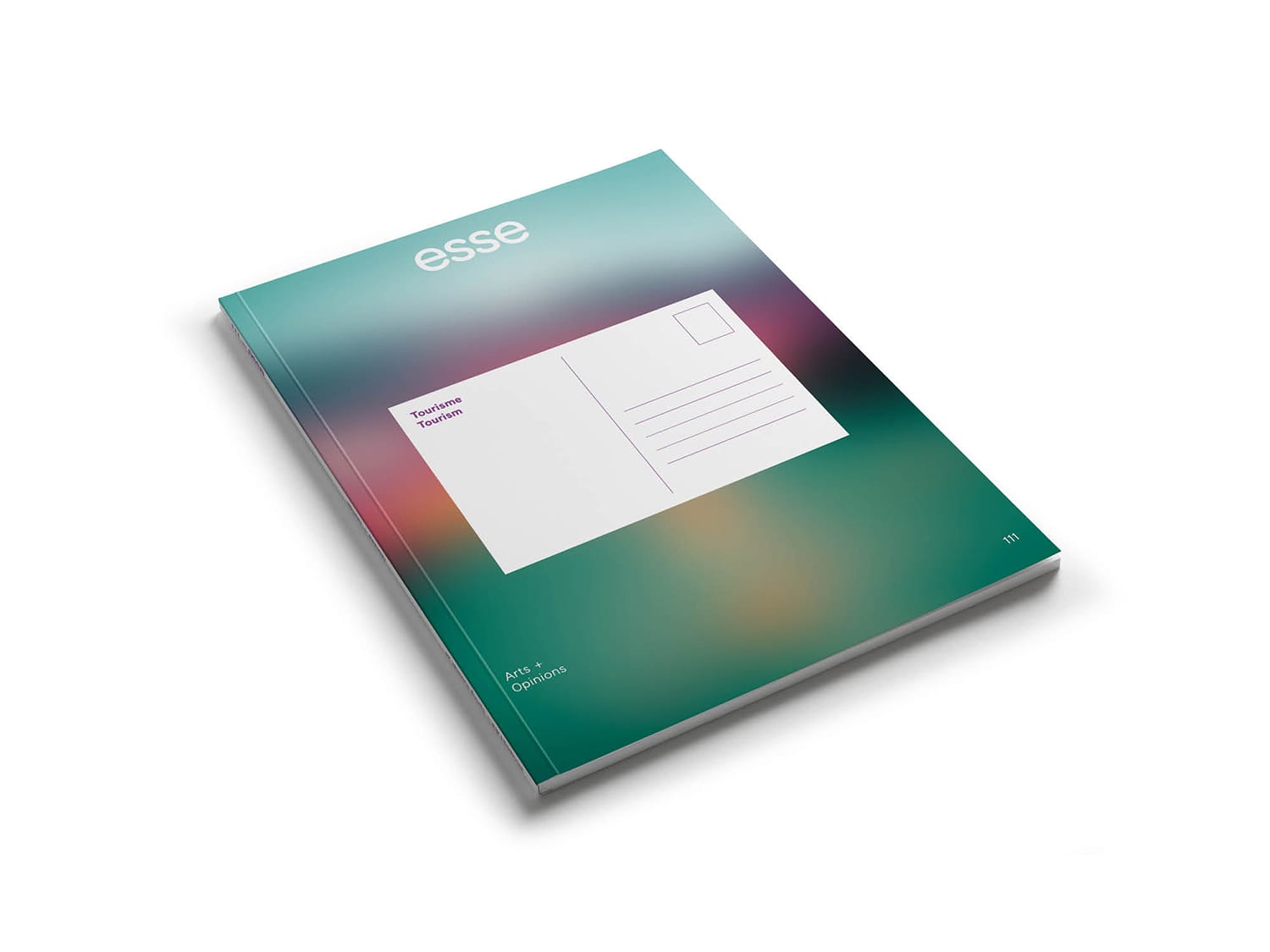Summary
86 – Geopolitics
Geopolitics
Winter 2016
How do the natural and political phenomena that are helping to redefine traditional geographical boundaries reverberate in the visual arts? In this issue, esse addresses the many ways in which geopolitical science views transversal relationships between power and domination, observing the opposing forces that are reshaping the global landscape today.
Editorial
Feature
Architecture of Network vs. Geometry of Separation
After Cognitive Mapping
The Surveillance Economy: Toward a Geopolitics of Personalization
Offshore Havens and Supra-Jurisdictional Space
Surviving Beyond The Green Line
(Im)possible Bouquets
Jimmie Durham: Decentring the World
Reading Contrapuntally: Geronimo Inutiq’s ARCTICNOISE
Portfolios
Off-Features
Columns
Reviews
Current Issue
Tourism
Spring Summer 2024
Because it is essential for it to be open to the world, art is particularly affected by concerns related to planetary travel. From a position at the intersection of contemporary art, leisure, ecology, and destination culture, Esse no. 111 observes artists’ and critical thinkers’ strategies for revisiting the very notion of tourism. Although the harmful impacts of the tourism industry are beyond question, the thematic section avoids falling prey to tourismphobia and simply pointing out its failures. Rather, this issue offers a guided tour of situations and places where art and tourism converge.
